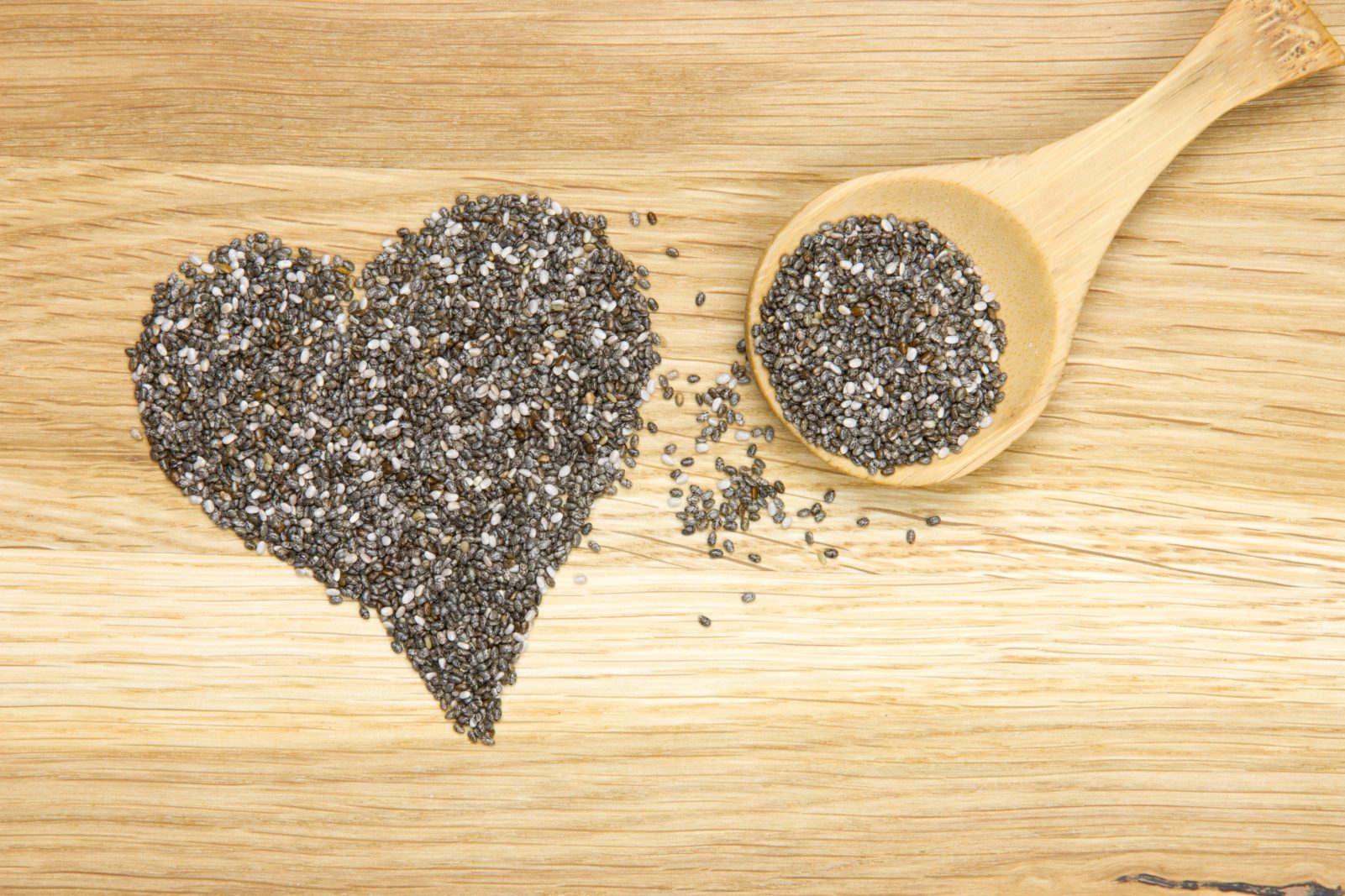Are you getting enough Omega 3’s in your diet?
Omega-3 and omega-6 are essential fatty acids (EFAs) that each play an important role in good health. Our bodies cannot make them on our own, which means we have to obtain them through our diet. Both omega 3 and omega 6 are polyunsaturated fatty acids (PUFA’s).
Too Much Omega 6
We tend to get an overabundance of omega 6 in our diet, but from non-health promoting sources such as processed and fried foods. Healthy sources of omega 6 include avocado, olive oil, seeds, and nuts.
Fats to Avoid!
Highly processed, highly refined and highly oxidized oils used in processed foods such as:
- Hydrogenated and/or partially hydrogenated fats
- Canola oil
- Margarine
- Shortening
- Corn oil
- Soy oil
Need more Omega 3’s
Omega 3 is the fat that we tend to not get enough of. There are few readily assimilated sources of omega-3 fatty acids, limited to the fat of cold water fish such as salmon, sardines, herring, krill, mackerel, black cod. Omega 3 can be obtained through may vegetarian sources, but in the ALA form, not EPA or DHA.
EPA & DHA are two very important omega 3 fatty acids that the body needs for a variety of functions. EPA and DHA are the building blocks for hormones that control immune function, blood clotting, and cell growth in addition to being a component of cell membranes. EPA & DHA is readily available in fish sources as noted above, but vegetarian sources such as walnuts and flaxseeds contain a precursor omega-3 called alpha-linolenic acid (ALA), which the body must convert to EPA and DHA.
Conversion from ALA to EPA & DHA is possible but very inefficient, and can become compromised by high levels of omega 6 in the diet, and low levels of nutrients such as zinc, iron, and pyridoxine.
Tips choosing the best animal source omega 3 EPA & DHA:
Fish sources are the most readily available sources of EPA & DHA but we now live in a world where we have to be concerned with plethora of contaminants and toxins in our waters.
- Choose wild over farmed where fish are often raised in crowed, unhealthy conditions
- Choose Fish that are lower on the food chain like krill, sardines and anchovies naturally have a lower concentration of contaminants.
- Avoid yellowfin, and bluefin tuna; which are over fished and on the verge of extinction.
- Avoid imported farmed shrimp because the environmental standards are unregulated.
A diet high in omega-6 and low in omega-3 increases inflammation where in contrast, a diet high in omega-3 and low in omega-6 will reduce inflammation.
Benefits of Omega 3:
Consequences of an unhealthy ratio of omega 6 to omega 3 are vast and may include but are not limited to the following list:
- cardiovascular disease
- macular degeneration
- autoimmune diseases
- type 2 diabetes
- psychiatric disorders
- obesity
- metabolic syndrome
- irritable bowel syndrome (IBS)
- rheumatoid arthritis
- asthma
- cancer
Many clinical studies have shown that a healthy ratio of omega 6 to omega 3 protects against chronic degenerative diseases.
What is a healthy ratio? Information varies widely but the most accepted ratio is 4:1-2:1 of omega 6 to omega 3.


